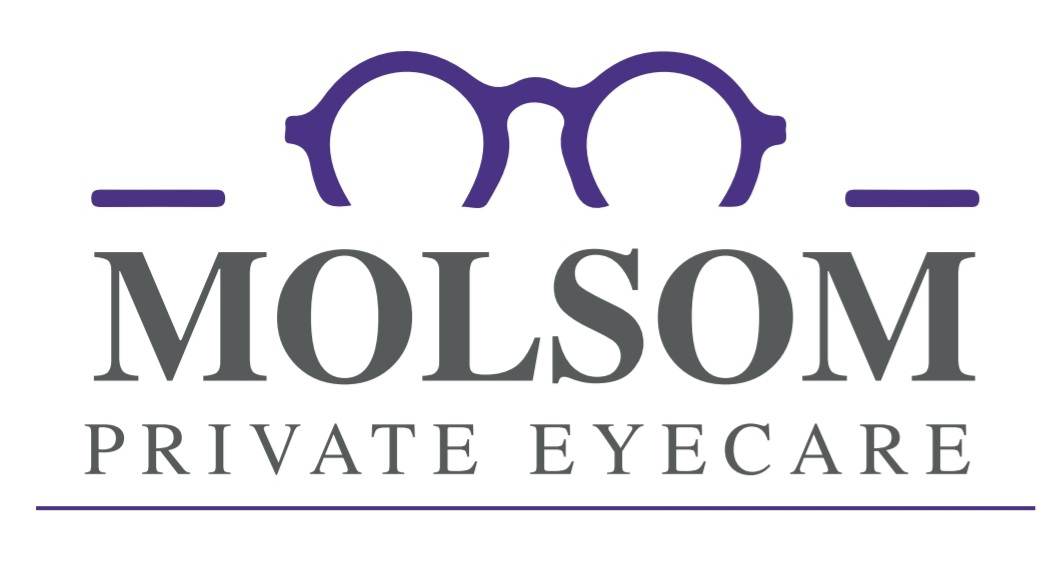With this condition, the eyes point in different directions. One eye may look straight ahead. Get medical advice if a child has a squint all the time, the squint comes and goes in a child aged over 3 months, or you develop a squint later in life.
Treatments include glasses, eye exercises, surgery, and injections into the eye muscles.
If the squint is not treated, it may lead to persistent double vision, a lazy eye, or the child feeling conscious of the condition.
The condition is often caused in children by the eye attempting to overcome a vision problem e.g. short sightedness, long sightedness or astigmatism. Rarer causes can include infection e.g. measles, conditions such as Downs syndrome, cerebral palsy, or it can occasionally be a symptom of a cancer known as retinoblastoma.
Squint surgery is performed under general anaesthetic (when you are asleep) and usually takes less than an hour. A muscle in the eye is detached and moved to a new position so the eyes point in the same direction. The eye is likely to be sore for a few days after the operation.
Possible side effects include eye pain, itchy eyes, blood in the tears and double vision. Your care team will advise when to return to normal activities. Risks of surgery include permanent double vision, further surgery required later, an infection around the eye, or rarely, loss of vision.
For help and advice, contact the Guide Dogs Guide Line information@guidedogs.org.uk or phone 0800 781 1444.
Information taken from the NHS website www.nhs.uk
